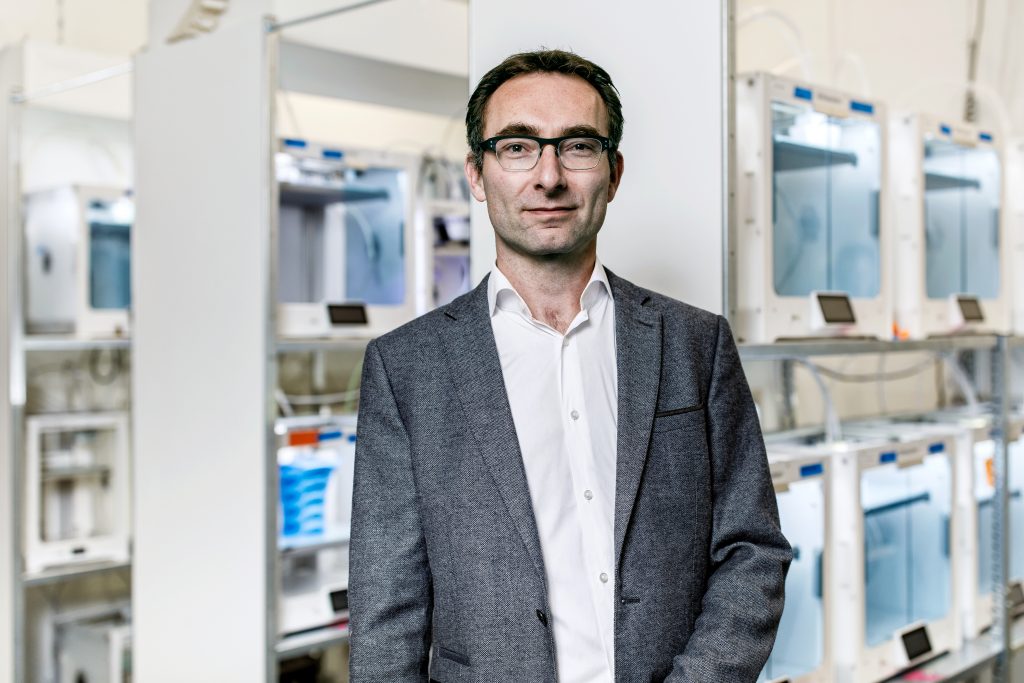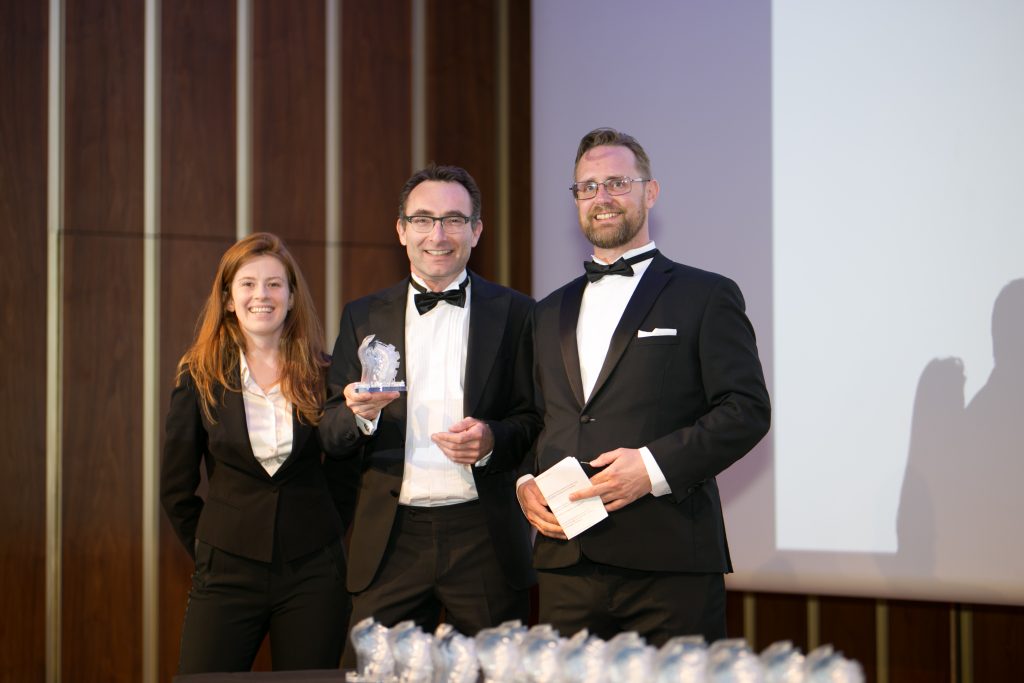3D Printing Industry continues to celebrate the 10th Anniversary of the RepRap with insights from the co-founder of one of the most successful and well-known 3D printing companies to emerge from the early days of open-source 3D printing.
Siert Wijnia is the CTO and co-founder of Ultimaker. Based in The Netherlands, Ultimaker as an enterprise came in existence after a series of 3D printing workshops the Utrecht FabLab – ProtoSpace.
From producing 3D printer kits to making printers that save hundreds of thousands of dollars for industrial users, Ultimaker is now moving towards industrial 3D printing with the latest addition to the range – the Ultimaker S5.

Michael Petch: How would you describe the importance of the RepRap project?
Siert Wijnia: Before the RepRap project, 3D printing was very expensive. RepRap took the concept of 3D printing and harnessed the essence of the internet – the idea of sharing knowledge.
There are many domains that are a part of 3D printing – the equipment domain, the material domain, the software domain and even the design domain. Everyone shared a bit of their knowledge with everyone else. The materials experts brought in their specific knowledge; the mechanical engineers also contributed their expertise, the software developers and designers had great input. It was about working together to achieve something extraordinary.
Adrian is a very humble man and put his idea at the center. RepRap was the spark that ignited it all. It was the spark that ignited our company.
Michael Petch: How did RepRap have an impact on you?
Siert Wijnia: The RepRap project helped me combine my passions. I like debating the ethics behind things and RepRap made me look at concepts like greed. If everything is cheap and accessible, then how does that affect us?
RepRap also gave me a personal freedom to create new things. I wasn’t looking for a part in the shop, I was looking for something completely new – something that wasn’t available on the shelf.

Michael Petch: What is your perspective on the state of Open Source in 2018. Is there still a need for open source projects?
Siert Wijnia: Oh, yes. There are a lot of open source projects that are still very valuable. In the 3D printing world, it is getting more complex. When we started, there were no companies. It was just a project to join. There was no reason for this, other than it was a fun.
For us, we’re committed to doing all we can to promote 3D printing and its development, which means making our technology available to everyone. Although we are filing patents on our inventions, this doesn’t mean we’ll be initiating lawsuits against anyone who uses our technology. Companies have a responsibility. In the end, we’re made up of all the people who work here. I don’t want to spend money on lawyers if I can prevent it. I’d rather spend money on innovation and the future. So, I think being as open as possible will create the biggest motivation to move forward.
You can only keep on innovating if you have a market position that gives you the revenue to do that. We have a great company and we have fantastic products that we’re really proud of, but there are so many more ideas that we just cannot give any additional hours or budget to because we have to have focus. There are dozens of ideas that we cannot address because although they are interesting, they are too far off from what we’re trying to achieve. That’s something that I find difficult from time to time.

Michael Petch: What do you think are some of the key developments in 3D printing during the past decade?
Siert Wijnia: In 2011, Ultimaker was founded. In the beginning we thought “everybody would own a 3D printer”, but we quickly realised that this wouldn’t be the case. Instead we saw that people began to bring the technology to their work.
Printing, in itself, became actually less important over the past five years. The object is what matters and that made us focus on making 3D printing hassle-free. I am sure that this accessibility unleashes even more creativity amongst our professional users, since there is more time to test and iterate designs in order to create the exact object they are looking for.
Michael Petch: What is 3D printing currently missing, what would you like to see?
Siert Wijnia: What 3D printing is currently missing is the understanding that digital manufacturing can offer added value. Over time, companies developed certain procedures that are actually inefficient or illogical. For instance, a specific part is ordered oversees and, after waiting several days or weeks for the delivery, they find out the part doesn’t fit exactly. FFF 3D printing allows users to iterate designs locally, which helps to reach a final design much faster. This saves a lot of time, money, and frustration. This is what we have done with the award winning Volkswagen Automotive case and what we will continue to do.

Read more about the 10th Anniversary of RepRap
3D Printing Industry will continue with more insights and reflections from the individuals and enterprises involved with the early days of the RepRap project. You can read the articles already published to mark the 10th Anniversary of RepRap here.
Make sure you don’t miss the upcoming interviews with the RepRap pioneers, subscribe to the 3D Printing Industry newsletter and follow us on social media.
Want to work in additive manufacturing or looking for a 3D printing job? Sign up for our free jobs service now.
Featured image shows Siert Wijnia, CTO and co-founder of Ultimaker. Photo via Ultimaker.


